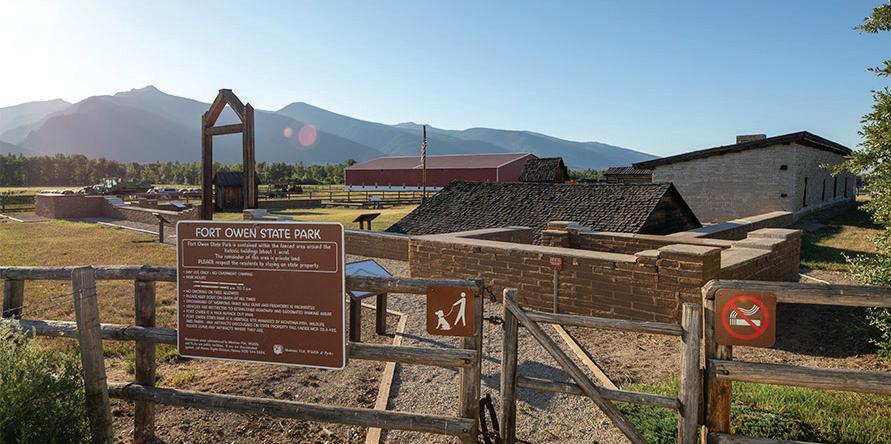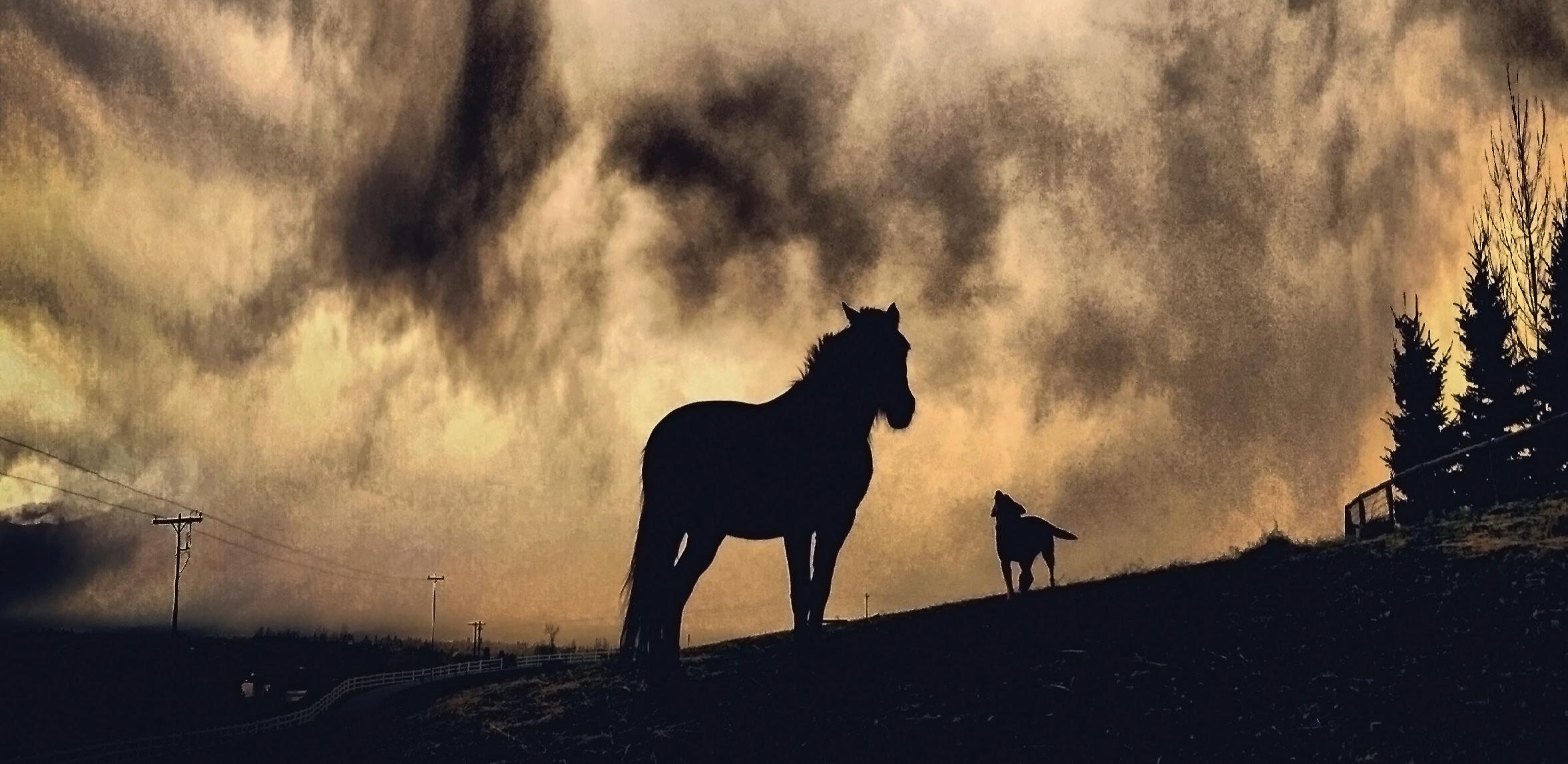BIT TERROOT FOREST
Photo by Perry Backus
HISTORY OF THE BITTERROOT NATIONAL FOREST The Bitterroot National Forest has been occupied by humans for 8,000 years or longer, and is the traditional homeland of the Bitterroot Salish Indians. It was also frequented by other tribes including the Kootenai, Pend d’Oreille, Shoshone and Nez Perce. These hunters and gatherers harvested plants and animals throughout the year. The Lewis and Clark Expedition of 1805 was the first recorded contact of Euro-Americans here. After crossing the rugged divide near what is now Lost Trail Pass, Lewis and Clark descended into Ross’ Hole (located near Sula, MT) and encountered an encampment of Bitterroot Salish preparing to travel to bison hunting areas east of the Continental Divide. Seventy-two years later when the Nez Perce fled their homeland in Idaho they retraced Lewis and Clark’s route into the Bitterroot. After passing peacefully through the valley, they were confronted by a regiment of soldiers and the Battle of the Big Hole ensued. A segment of the Nez Perce National Historic Trail, known also as the Nee-Me-Poo, can be hiked on the Sula Ranger District. Euro-American occupation of the Bitterroot Valley accelerated in the 1860s with the discovery of gold, first in Idaho and then in Montana. The valley’s relatively mild climate and abundant water supplies were well-suited to agriculture, making it the “bread basket” for mining camps throughout southwestern Montana. Although relatively little mining activity occurred in the Bitterroot, the Overwhich-Hughes 55
Creek Mining District in the upper West Fork of the Bitterroot was a bustling gold district in the 1890s and early 1900s. Gold was also mined in the hills east of Stevensville during this time, and the Curlew mine near Victor produced silver, lead, zinc and gold ore well into the 20th century. The lumber industry began its development in the 1880s. Much of the timber harvested was cut from public land until 1897, when the Bitter Root Forest Reserve was created. This made it part of a national effort to help preserve the forests in the western United States from further devastation. In 1907, the newly created U.S. Forest Service converted these forest reserves into National Forests, marking the beginning of National Forest Conservation and management policy. The Bitter Root Forest Reserve and portions of neighboring reserves became today’s Bitterroot National Forest.
ABOUT OUR NATIONAL FOREST The 1.6 million acre Bitterroot National Forest, in west central Montana and east central Idaho, is part of the Northern Rocky Mountains. National Forest land begins above the foothills of the Bitterroot River Valley in two mountain ranges--the Bitterroot



















